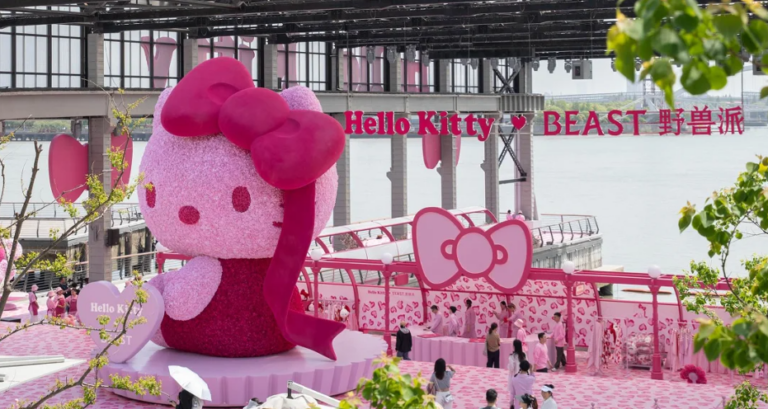Soft Drinks in China: classification
Soft drink is defined as either manmade or natural drinks that contain alcohol less than 0.5% in mass. In China, soft drinks are put in the following categories:
Carbonated drinks, like Coca Cola, Pepsi, Fanta, Mirinda, and 7-Up.
Fruit juice drinks, like Huiyuan(汇源),Guolicheng(果粒橙).
Vegetable juice drinks, like Nongfuguoyuan(农夫果园).
Dairy products beverages, like Yili(伊利), Mengniu(蒙牛), and Yingyangkuaixian(营养快线).
Bottled water, like Kangshifu(康师傅) and Binglu(冰露).
Tea-related beverages, like bottled Wulong Tea(乌龙茶).
Currently, bottled water occupy about 40% of China’s soft drink market, while carbonated drinks 30%, fruit and vegetable juices, tea, and functional drinks each having about 10%.
Market of soft drinks in China: development trend
Over the recent years, the China soft drinks market developed at an increase rate of 20% every year. This is a market where big challenges, risks and countless opportunities coexist. The entering of foreign giants into China, like Coca Cola, Pepsi and Cadbury, brought competition and momentum for domestic enterprises. Although Chinese beverages displayed some relative advantage and market power in such fierce competition, they are still not big enough, not appropriately organized, and their market exploiting effort are not enough. Besides, they generally do not have their brand culture.
Market of soft drinks in China: SWOT
The strengths and opportunities of China’s soft drink market are: domestic brands have taken pace in development, and have gained some consumer taste and good fame for themselves; the diversified needs of consumers ensure the expand potential of the market; the consumers are becoming more and more subdivided, which gives companies the chance of target marketing; the life circles of beverage industry are not simultaneous, and gaps make it possible for new beverages to enter; the market occupation rate of beverages in different geographical regions are not equal, which gives companies more options when choosing where to invest; China is now in WTO, and Chinese brands can easily access the international market.
The weakness and threatens are: there are too much brands in the market to compete, the life circles of a beverage is shortened, and consumer tastes are changing so quickly; the consumption of beverages are too concentrated in several big brands; Chinese beverages generally lack brand cultures and inner spirits.
Edited by amy Wang consulant in China





